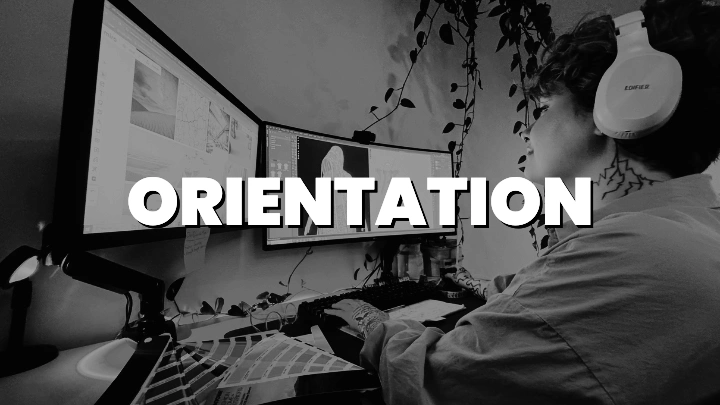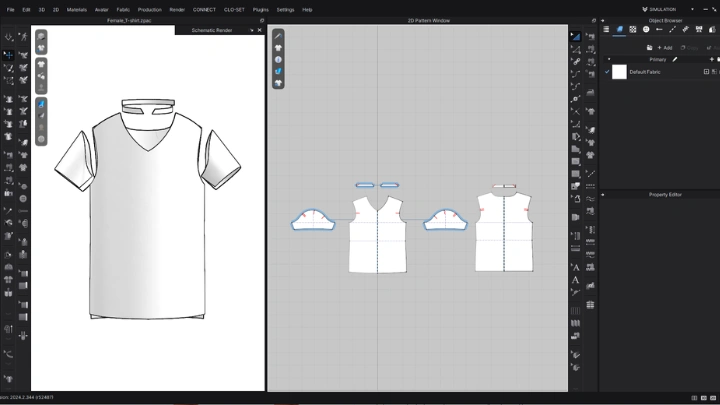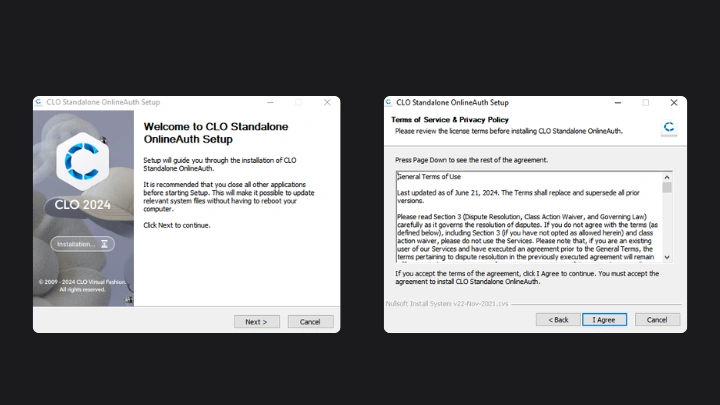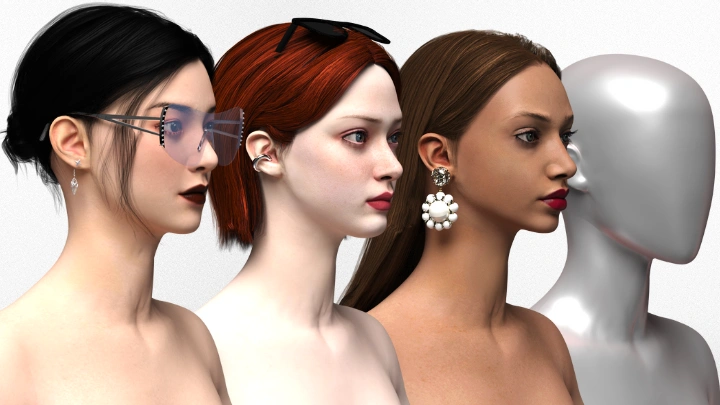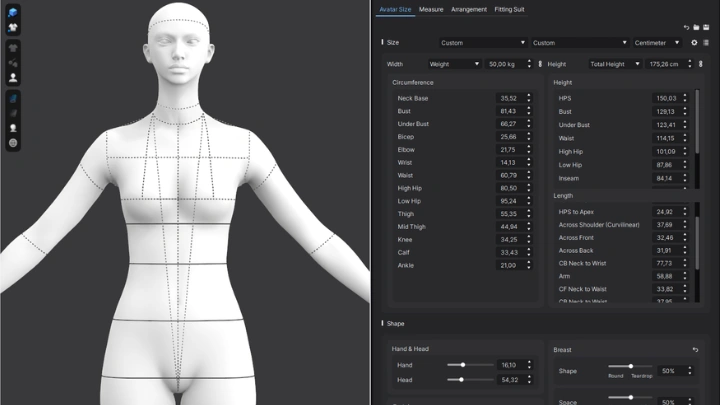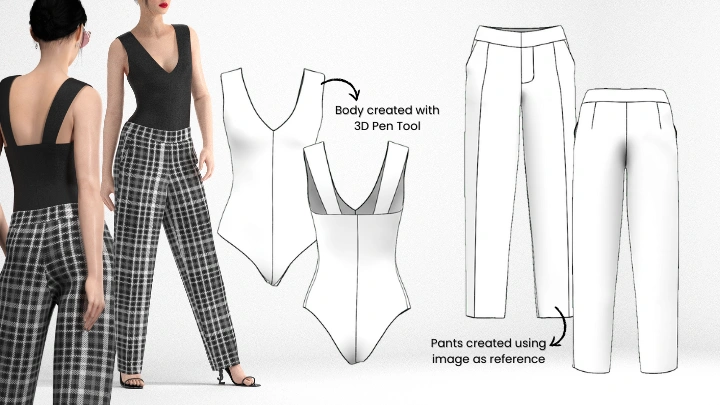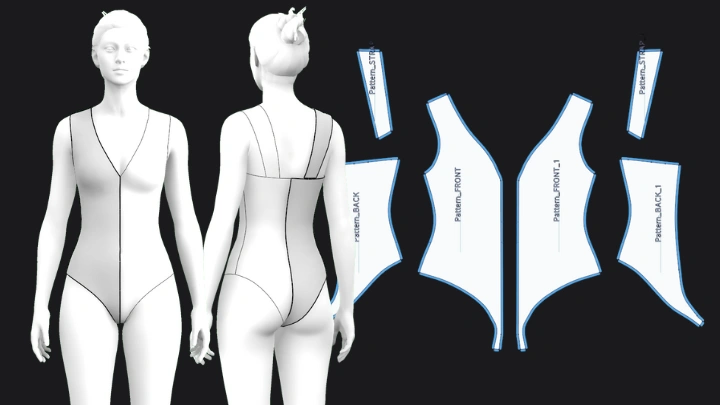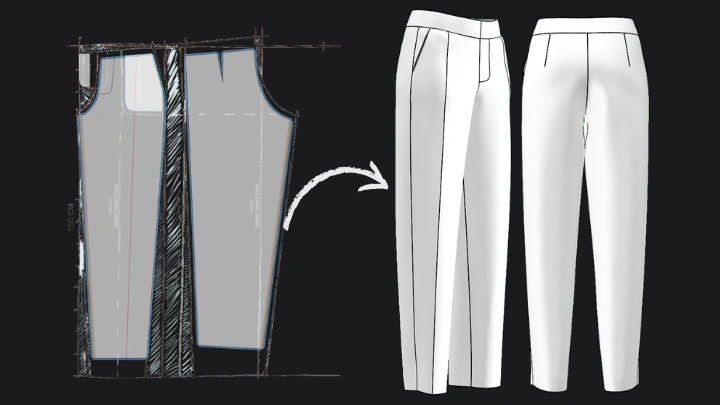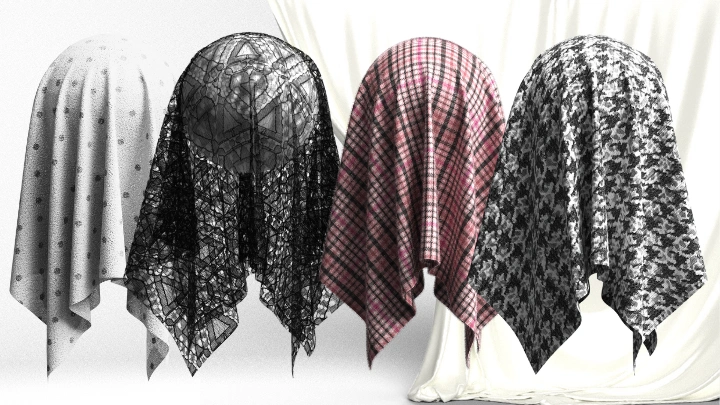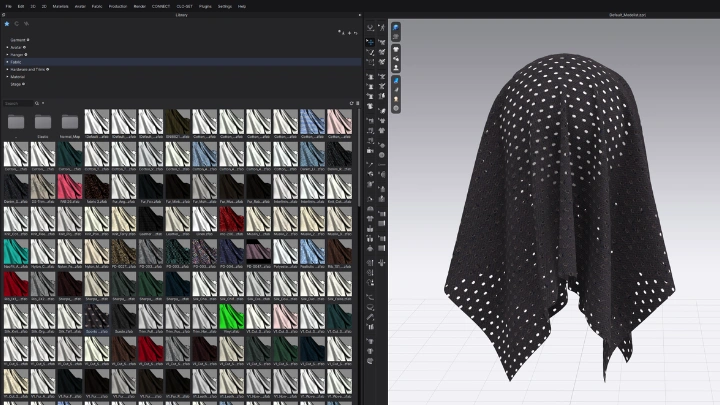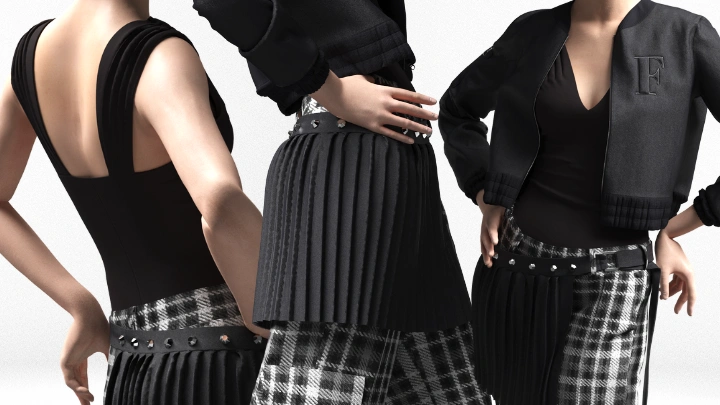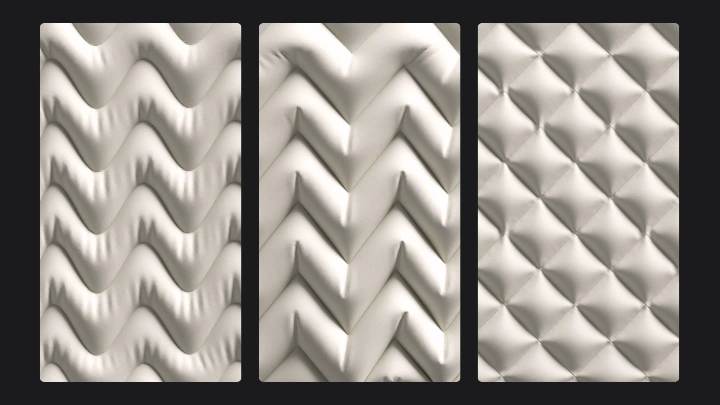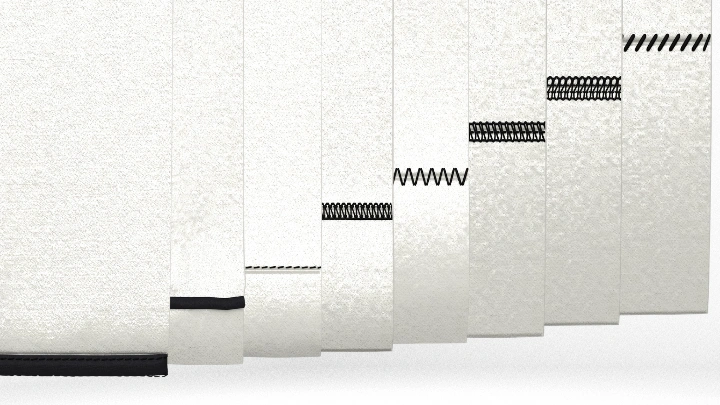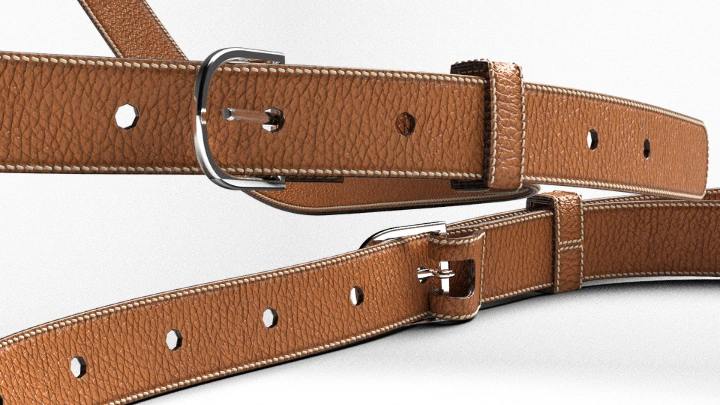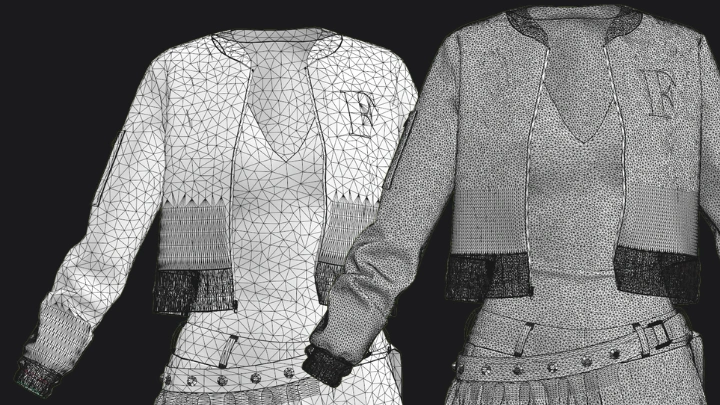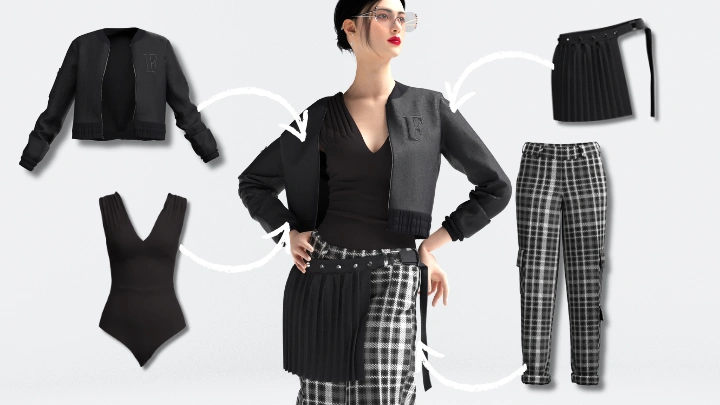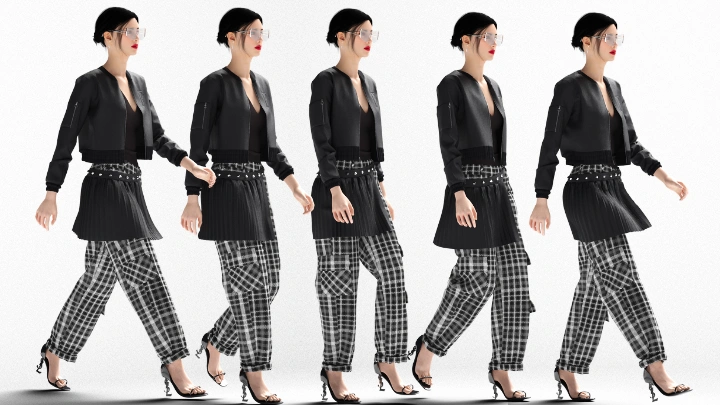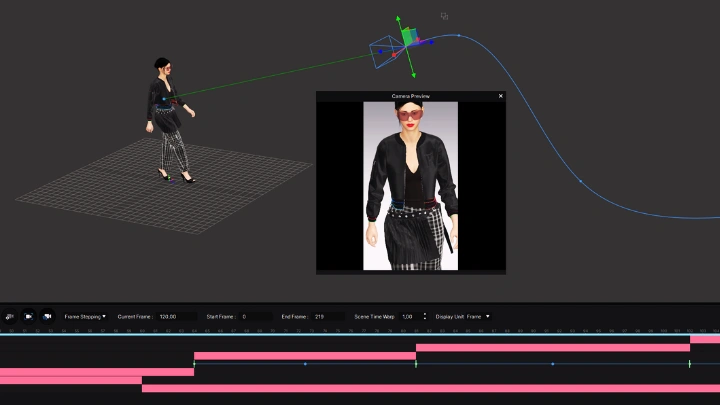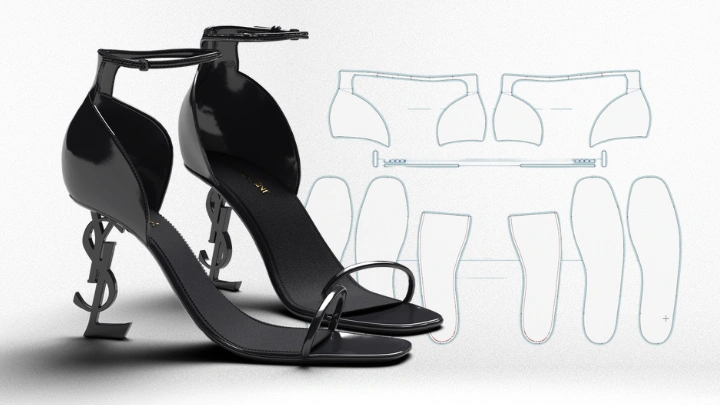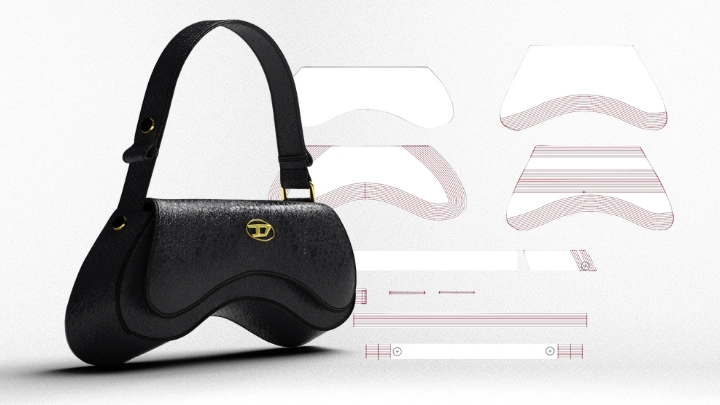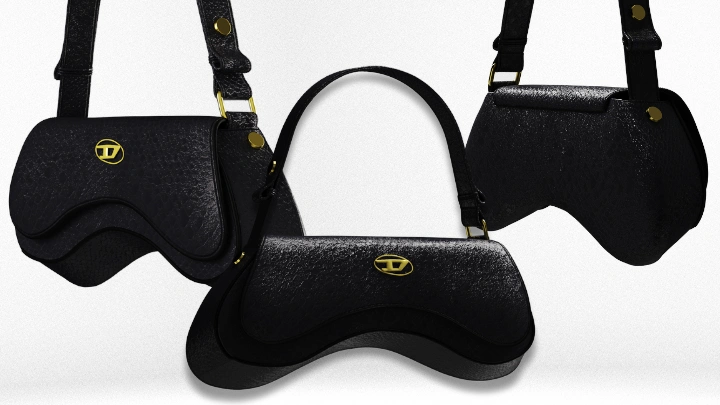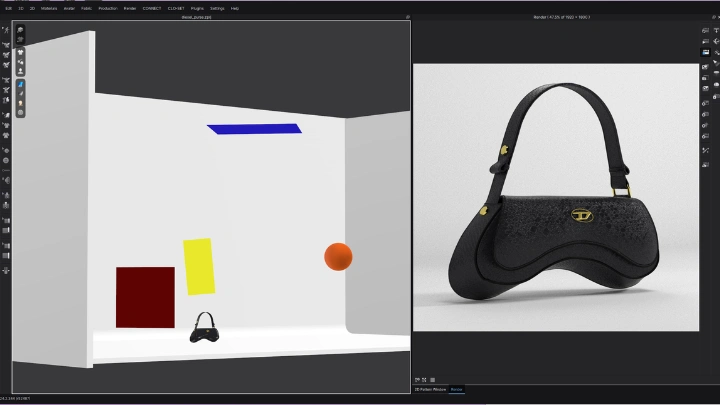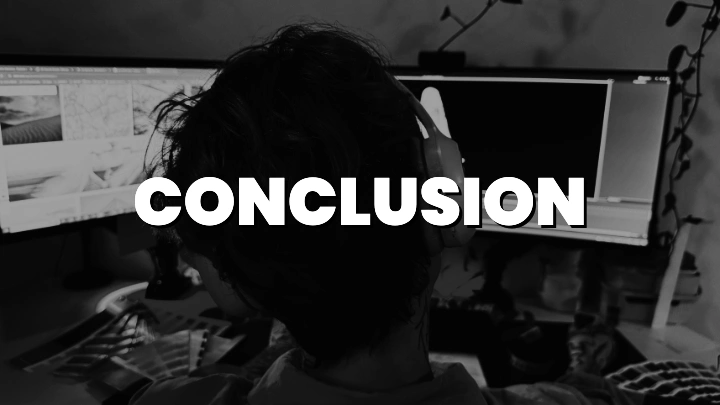[Dictionary]3dfashiondesigner,monicafindeis Details
- Section 01
OT
1. Orientation- Instructor introduction - Course learning objectives
- Section 02
Basic 3D Fundamentals
2. Every 3D Starts from 2D- Cartesian axes - UV maps and how they work
3. Introduction to CLO 3D- Why CLO 3D? - Digital Product Creation - CLO 3D interface, navigation, and shortcuts
4. CLO 3D for First Timers- Setting up and navigating in CLO 3D
- Section 03
Setting Up Your Avatar
5. CLO 3D Avatar Presets- Exploring different avatar options - Industry standard measurement presets
6. Avatar Customization- Measuring and adjusting avatar proportions - Saving custom avatar measurements
7. Styling Tips & Techniques- Style Configurator for hair and makeup - Installing assets from CONNECT
- Section 04
Creating Your First Garment
8. Pattern Making Basics- Pattern making foundations - Grainline and Fabric Direction
9. CLO 3D Pen Tool - How to use the CLO 3D pen tool - Extracting and duplicating patterns
10. Image References- Retracing images to create digital patterns
11. Positioning the Pieces- Positioning and placing pattern pieces - Utilizing the attachment points
12. Digital Sewing Techniques- Sewing tools in CLO 3D - Sewing the pieces together - Editing for a polished look
- Section 05
Fabric & Simulation
13. Fabric Basics- Fabric weight and composition - Fiber types and fabric names - Different compositions, different outcomes
14. CLO 3D Fabric Library- Exploring CLO 3D's library of trims and finishes - Testing different fabrics and observing their differences - How to switch colors or the type of finishing on the fabric
15. Creating Your Own Fabric- Entering composition, weight, and type for customization - Using the Fabric Creator to develop the final outcome
- Section 06
Editing & Styling Your Garment
16. Editing Your Patterns- Adding and editing darts - Merging patterns to create different shapes - Adjusting the length and circumference of patterns - How to use the auto sizing feature in CLO 3D
17. Adding Realism and Structure- Adding pockets to garments - Adding seam taping to edges for a cleaner look - Adding elastic and shirring to create ruffled edges - Solidify and Strengthening tools in CLO 3D
18. Applying Pleats to Your Designs- Types of pleats: Knife, Box, and Accordion - Using the pleats tool to apply the 3 different types
19. Creating Your Shape of Quilting- What is quilting? - Personalizing padding with internal lines - Layer & pressure adjustments
20. Customizing Buttons & Topstitches- How to create custom buttons and topstitches from .obj files
- Section 07
Finishing Your First Garment
21. How to Do Hems- Creating and adjusting accurate hems - Creating and adjusting false hems
22. Topstitching- Understanding the most common topstitches - Incorporating topstitches in your garment
23. Piping & Binding- Difference between piping and binding - Applying and editing piping to your garment - Applying and editing binding to your garment
24. Thickness Collision & Rendering- Difference between thickness collision and rendering - How to change thickness properties
25. Trims & Other Details- Getting to know the internal library of trims - Editing trim size, material, and color - Attaching trims to your garments - Creating your own trims
26. [Bonus] Finetuning Our Creation- Reviewing and refining our collection so far
- Section 08
Preparing the Animation
27. Improving Garment Quality & Stability- Changing the particle distance of each pattern - Difference between layers and sublayers - Sublayer setup
28. Layering Pieces in Outfits- How to layer different pieces in the same outfit
29. Pinning the Essentials- Difference between tack versus tack on avatars
- Section 09
Animation
30. Avatar Animation- CLO 3D's library presets - Exporting your CLO 3D avatar to Mixamo to add motion
31. Clothing Animation- Simulating the outfit for accurate fitting - Time warping scenes and adding wind effects to scenes
32. Camera Animation- How to add a camera to the scene - Setting up the camera preview - Keyframes in animation
- Section 10
Designing Your First Accessory
33. Hard Surfaces- Gravity simulation properties and rigid fabrics - Thickness rendering and curvate %
34. Creating Your First Shoe- Developing patterns using the 3D pen tool - Using pins to reach the desired shape
35. Registering Accessories- Understanding the purpose of dummies - Registering the shoe in the CLO 3D Library
36. Creating Your First Bag- 3D shapes and avatars - Developing the 2D pattern - Assembling your bag
37. Fast-Tracking Through Latest Projects- Breaking down past projects for future reference
- Section 11
Presenting Your Work
38. Image & Render Configuration- Understanding all the options in CLO 3D - How to best set up configurations
39. Lighting Essentials- CLO 3D's lighting presets - Choosing your own lighting (IES, directional, sphere) - How to use a HDRI file for lighting
40. Background- How to use HDRI files for backgrounds - Solid colors and vignette shadows
- Section 12
Outro
41. My Journey- Sharing personal milestones and challenges to becoming a 3D fashion designer - Reflecting on lessons learned and opportunities for growth - Offering advice based on real-world experiences
42. Final Words- Course recap and career advice for aspiring artists
